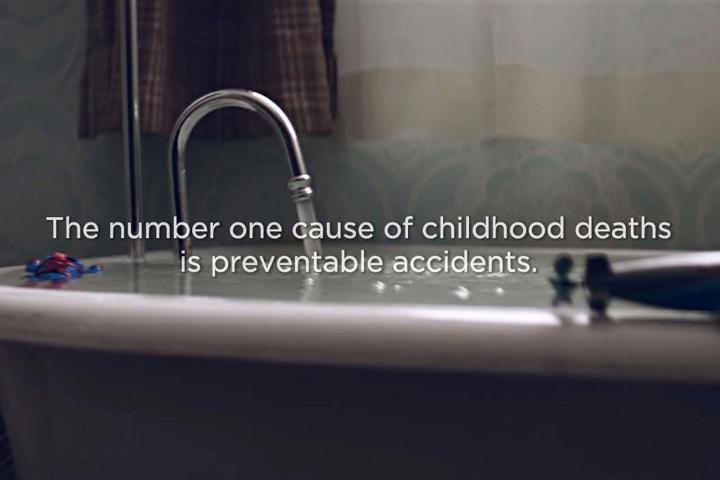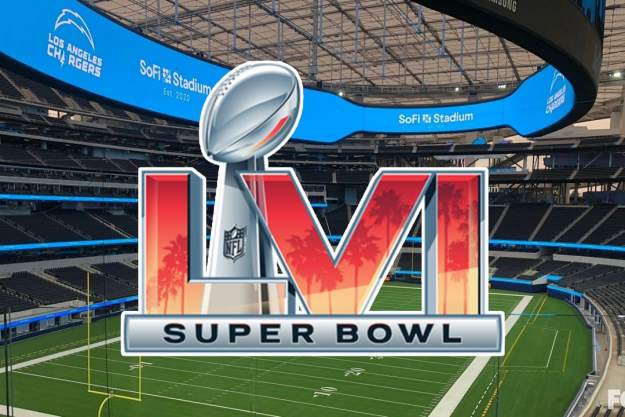
Advertisers and marketers were hard at work trying to win you over, because exciting you, means online glory. With at least 111 million people watching live, the Super Bowl has become a testing ground for new, creative ads, all designed to make you react and interact with brands on your phone. But with hashtags and social media, the backlash to a bad ad can be worse than the spoils of victory.
An arms race to win our attention
Social media has changed the game. Advertisers know this. They don’t just want the ad to be on your mind, they want you to use your feeds and friends to put the ad in other peoples’ minds.
“The Super Bowl is still one of the few viewing events not compromised by DVRs and TiVos — everyone is still watching it in real time … and it’s a marketer’s dream since you know you have a captured audience,” said Michael Dub, a co-partner at the DXAgency engagement agency.
The backlash to a bad ad can be worse than the spoils of victory.
Getting a brand’s name on a viral tweet or post is an advertising gold mine. Think back to the iconic “You can still dunk in the dark” ad from Oreo’s social-media team during the 2013 Super Bowl. What no one remembers is Oreo’s multi-million dollar Super Bowl ad that also aired that night. There’s a good reason for that, too: A Super Bowl ad may buy over 100 million views, but Oreo’s viral post to social media gained more than 500 million hits.
Thanks to the success of Oreo and others, we’re now bombarded by hashtags and all kinds of zany ads year after year.
“Everyone sees advertising as uninteresting unless it’s the Super Bowl,” said Carl Marci, Chief Scientist at Innerscope Research, adding that, on average, a normal TV ad will engage with just 10 percent of viewers, but during The Big Game, that number spikes to nearly 90 percent. Marci added that people will then go to their phones and talk about the ads they loved or hated — which is why advertisers bombard us with more and more interesting or flat-out crazy ads. They want to keep us tweeting. It’s also why many Super Bowl Ads want us to visit specially made websites where advertisers can measure our responsiveness.
This is probably why we also saw so many ads about games and apps this year. A smartphone app doesn’t need a hashtag or conversation to get us to download a game or use a service right away.
Not all ads go according to plan
Getting us to react and interact, as simple as it may seem, is much easier said than done.
“Last year [in 2014] brands tried and failed in being on top of their message,” Power Moves Inc. founder Shawn Prez told Digital Trends. Many companies tried to replicate what the Oreo’s move during the Superdome blackout in 2013.
A great example of failure this year came from Nationwide, which aired an ad of a child’s death that shocked and angered many viewers. It wasn’t the only ad that night about a touchy subject, but it was the one that became a meme. Nationwide may be spreading its hashtag #makesafehappen, but it certainly doesn’t have any control over it.
There’s the saying that, “any news is good news,” but we’re not so sure Nationwide is happy with the outcome. The insurance company is on everyone’s mind, but for all the wrong reasons. According to CNN, Nationwide was well aware of how controversial its ad would be, and planned to have a response ready. A statement later issued by Nationwide read in part, “The sole purpose of this message was to start a conversation, not sell insurance.”
#SuperBowl #nationwide pic.twitter.com/LXdZTC0mNH
— Preston Monroe (@biocow) February 2, 2015
But all anyone tweeted about was a commercial spot about a dead kid on TV, put on by a company trying to sell you something, not a public service or not-for-profit.
The importance of being genuine
“I don’t even think Oreo knew what they were doing at the time; they just went with it in the moment and put out a quick tweet which really ran wild. And advertisers recognized this — we need to be doing the same thing,” said Prez. No one has gotten that same viral response as the Oreo team did, and it has to do with how genuine the experience was.
“Everyone sees advertising as uninteresting unless it’s the Super Bowl.”
Companies — including those not buying TV ads in the Super Bowl — come out in droves on social media, tweeting at us during the game about whatever happens during it. However, we viewers are not easily fooled by companies that try to attract a response that doesn’t feel natural.
“As long as we are being genuine, I am confident and comfortable that it [was] a great representation of the brand,” argued Michael Dub. Anyone following a major brand last night probably saw a few of these tweets, subtly thrown in after big plays or certain ads.
These companies want us to think they watch and enjoy the game just like we do, and tweet at us just like we tweet our friends. They want us to feel like their voice matters, and that they aren’t just spamming us. This is also why the hashtags we see in many ads won’t even matter. Much as users appropriated hashtags by brands like Nationwide, the best online moments during the game are almost always spontaneous and user-generated.
The second-screen Super Bowl
We saw two games on Sunday night. “One is on the field, and the other is for the hearts and minds of consumers,” said Marci. We switched between our TVs and our phones as we interacted with millions about what went on during commercial breaks. YouTube had ads up before and during the game where we could vote on our favorites; we decided the winners and losers without even knowing it. And now analysts everywhere are crunching numbers to see which tweets were a hit and which ones died on the screen.
How much thought did you give a hashtag last night? Remember to use your tags wisely!
Editors' Recommendations
- How to watch Usher’s Super Bowl halftime show replay
- How to set up your TV for Super Bowl Sunday
- The best Super Bowl 2022 commercials
- How to watch Super Bowl 2022 on Apple TV
- How to watch Super Bowl 2022 on an LG TV


